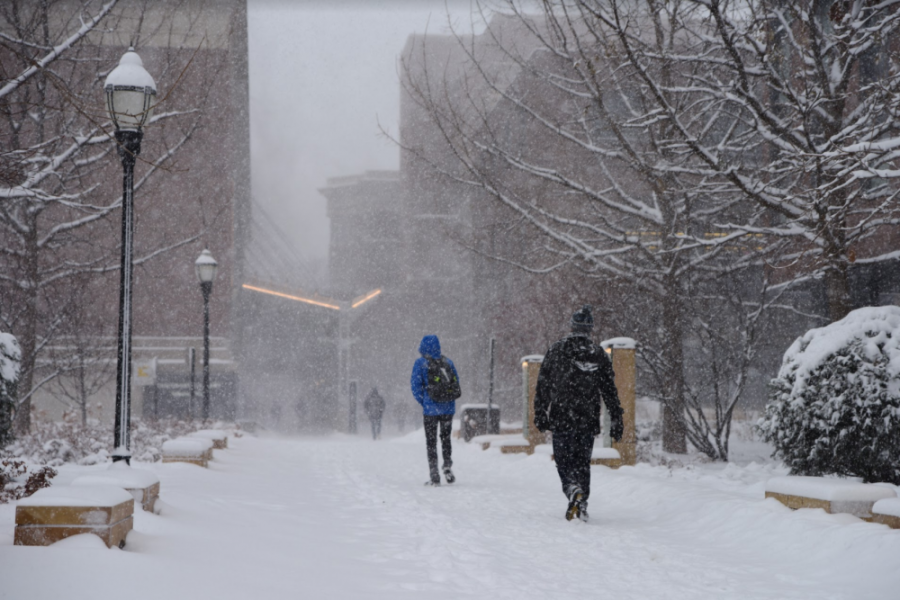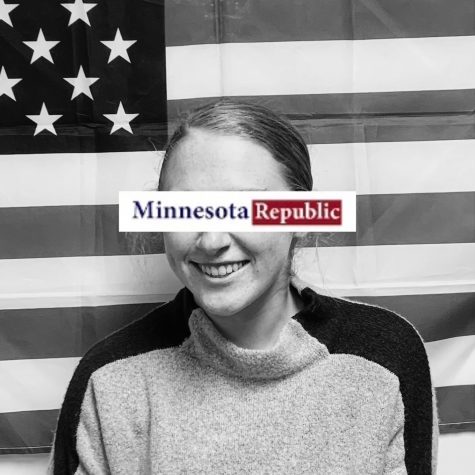The University of Minnesota Should Incorporate ‘Zoom Days’ in Cases of Snow Emergencies
December 7, 2022
What does it really take to get classes cancelled at the University of Minnesota? According to the University of Minnesota website’s Winter Weather Cancellation Policy: temperature or wind chill is -20 degrees or lower at the time of the meeting or activity, snow accumulation exceeds five inches, and any of the Dodge County schools release students early or close for the day because of inclement weather.
If you weren’t on campus last week, snow removal crews were busy cleaning off the roads and sidewalks so students could safely make it to class. Hundreds of cars in Minneapolis and St. Paul were towed due to the hazardous road conditions and delay in snow removal. On the first day of the storm, over 470 cars were towed, and more than 1,600 tickets were written in the storm that started last Tuesday night.
Apparently, this is typical for the first snow emergency according to Lisa Hiebert, an employee with the St. Paul Public Works, but this isn’t a cheap “oops” mistake if your car is towed or ticketed.
What does this mean for students at the University of Minnesota? According to U.S. News, 77% of students at the Twin Cities campus live in off campus housing. While I do not have the exact statistic for how many students were towed or ticketed due to driving in hazardous conditions, I do know that classes were not canceled or adjusted by the university during the snow emergency.
Despite many University of Minnesota professors being quick to hop on and tell you all about how few cancellations they have seen at the university in all their years of teaching, our campus, like many others, also saw something that changed the American education system completely: COVID-19.
If anything, good came out of the pandemic, it should show how adaptable we can be. Now that the fight of wearing a mask or not appears to be over and no longer politicized, we should incorporate the good aspects of what we were able to do with it. Although I was not a huge fan of Zoom and the fatigue that accompanied it, I am also a firm believer that it is a better alternative than endangering students who drive from farther suburbs to campus.
Many professors offered an alternative Zoom option for students last year to adjust to each student’s personal schedules or comfortability of being in class; however, it appears that this year professors seem to no longer that option.
While the University of Minnesota does not want to be quick to give in to canceling classes with a few snowflakes on the ground, the University should instead consider having “Zoom Days” with snow emergencies if they do not want to cancel classes entirely. This allows students to still take away the information from lectures and lessons without the worry or stress of having to go to class and have a ticket placed on their car afterwards, or even worse, an accident.
The University was quick to tell students how comparable Zoom lectures were to in-person lectures during the height of the COVID-19 pandemic as they charged us full tuition to pursue our degrees through the lens of a computer, so why can’t that same comparison apply when students are faced with snow emergencies?
Our tuition goes to support Zoom, a product our university pays approximately $281,000 each year on, and we rarely use it now. If we are already paying for this operating cost, we might as well use the product, especially when external factors show a need for it.













